Striking Cuttings From Flowering Shoots???
rideauroselad OkanaganBC6a
11 years ago
Related Stories

DECORATING GUIDESSpring Style: Fresh-Cut Flowers for Every Room
Graceful, lively or dramatic, fresh flowers make rooms of every shape, size and style that much lovelier
Full Story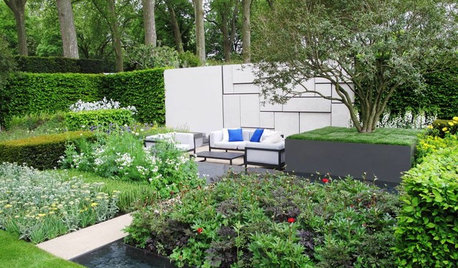
GARDENING GUIDESSee Winning Gardens From the 2015 Chelsea Flower Show
The popular annual London event showcases the best in garden design. Get inspired by these 2015 gold-medal winners
Full Story
HOUZZ TOURSHouzz Tour: Striking Modern Remodel in Venice Beach
California clients give their outdated beach bungalow a midcentury modern–inspired facelift
Full Story
ACCESSORIESStoneware Crocks Strike a Chord
Once just humble pantry items, stoneware containers have become showpieces around the home
Full Story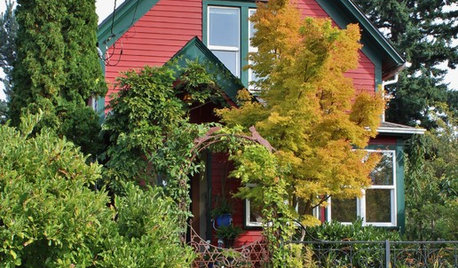
HOUZZ TOURSMy Houzz: A Musical Couple's Home Strikes a Personal Chord
Light, glass and many musical instruments animate this 1905 bucolic Washington farmhouse
Full Story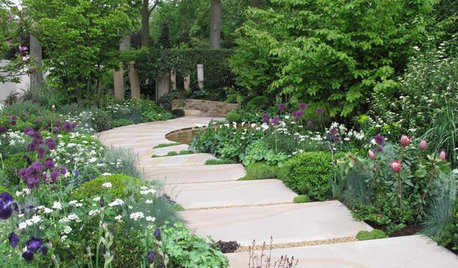
GARDENING GUIDESGreat Outdoor Living Ideas From the 2015 Chelsea Flower Show
The London garden exhibition has winning design concepts to borrow for your own backyard spaces
Full Story
BATHROOM DESIGN7 Striking Paint Colors for Your Powder Room
Whether you opt for a little or a lot, see why the petite bathroom is the perfect place for a fun hue
Full Story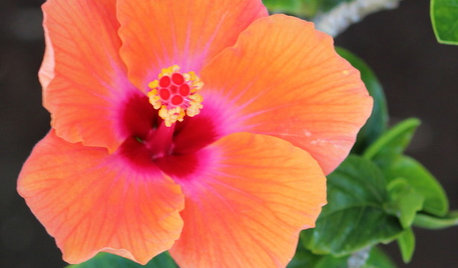
GARDENING GUIDES8 Take-Home Planting Ideas From Hawaii's Big Island
Bring the tropical spirit of Hawaii to a mainland garden — for a summer or even longer
Full Story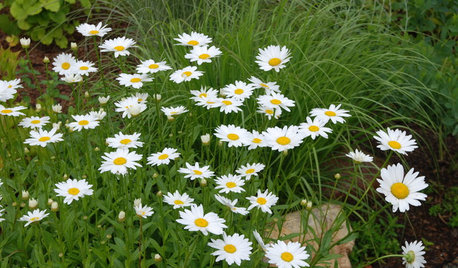
FLOWERSBest Cutting-Garden Beauties for Late Summer
Pick blooms bursting with color or in classic white for bouquets to give away or keep all to yourself
Full Story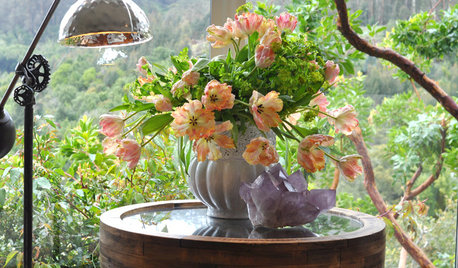
DECORATING GUIDESPro Photo Styling: Say It With Flowers
A top design photographer reveals flower-styling secrets to give your home photo shoots that professional sheen
Full Story



michaelg
AquaEyes 7a NJ
Related Discussions
New shoot found after cutting stems half way. Advice?
Q
Adenium Cuttings....Will They Strike Roots?
Q
shooting star hydrangea hana bay flowers
Q
When can I expect flowers from cuttings?
Q
User
michaelg
AquaEyes 7a NJ
rideauroselad OkanaganBC6aOriginal Author
michaelg
roseseek
odinthor
cath41
User
User
roseseek
floridarosez9 Morgan